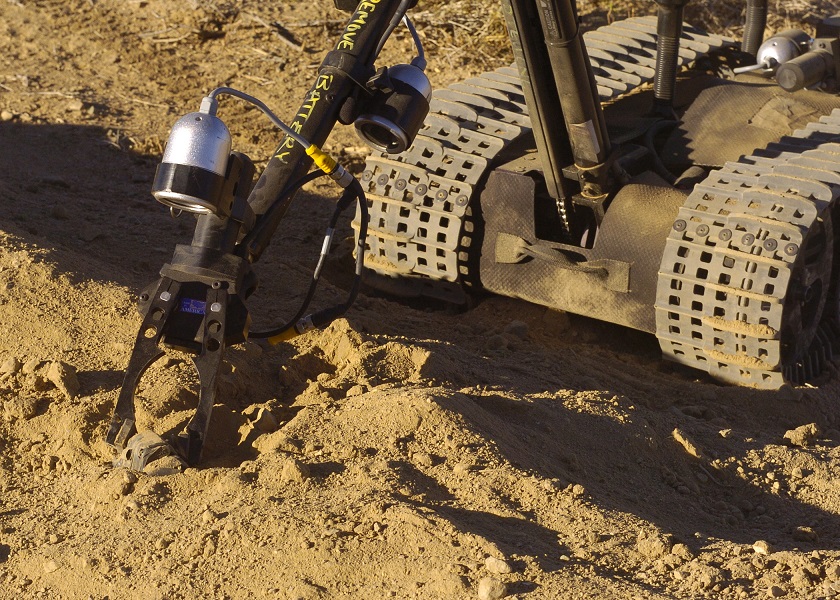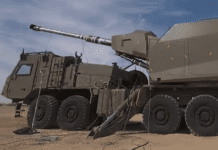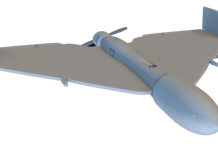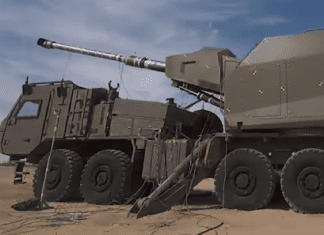
This post is also available in:
 עברית (Hebrew)
עברית (Hebrew)
The US Army has chosen its small ground robot system within the framework of the Common Robotic System-Individual (CRS(I)) program designed for obtaining a common robotic system for dismounted forces. The CRS-I award is a major step toward the Army’s push to transform its eclectic mix of 7,000 unmanned ground vehicles acquired during the wars in Iraq and Afghanistan to a streamlined collection of systems.
QinetiQ North America (QNA) won the competition. Designed to be back-packable, the system is equipped with advanced sensors and mission modules for dismounted forces to enhance mission capabilities. The robot resembles the Dragon Runner, another portable robot manufactured by the company.
The program features an interoperability profile (IOP) compatible open architecture to support a variety of payloads and missions to detect, identify, etc.
The seven-year Indefinite Delivery Indefinite Quantity (IDIQ) contract, valued up to $164m is for the delivery of small ground robots.
The deal includes a Low Rate Initial Production (LRIP) phase worth approximately $20m over one-to-two years, followed by a series of annual production releases. QNA has been awarded a $4m initial order as part of the LRIP phase.
This robot system was chosen following a head-to-head competition with Endeavor Robotics, as reported by defensenews.com. The Army based its decision on the robot’s performance during an engineering and manufacturing development run-off test at Aberdeen Test Center in October 2018.
The service wanted a ground robot that could be remotely operated, is highly mobile and is lightweight enough for a dismounted soldier to carry in a backpack, the statement notes.
The robot will be managed using a universal controller capable of controlling any future unmanned air or ground platforms.
The plan is to field the first of the systems in fiscal 2020.

























